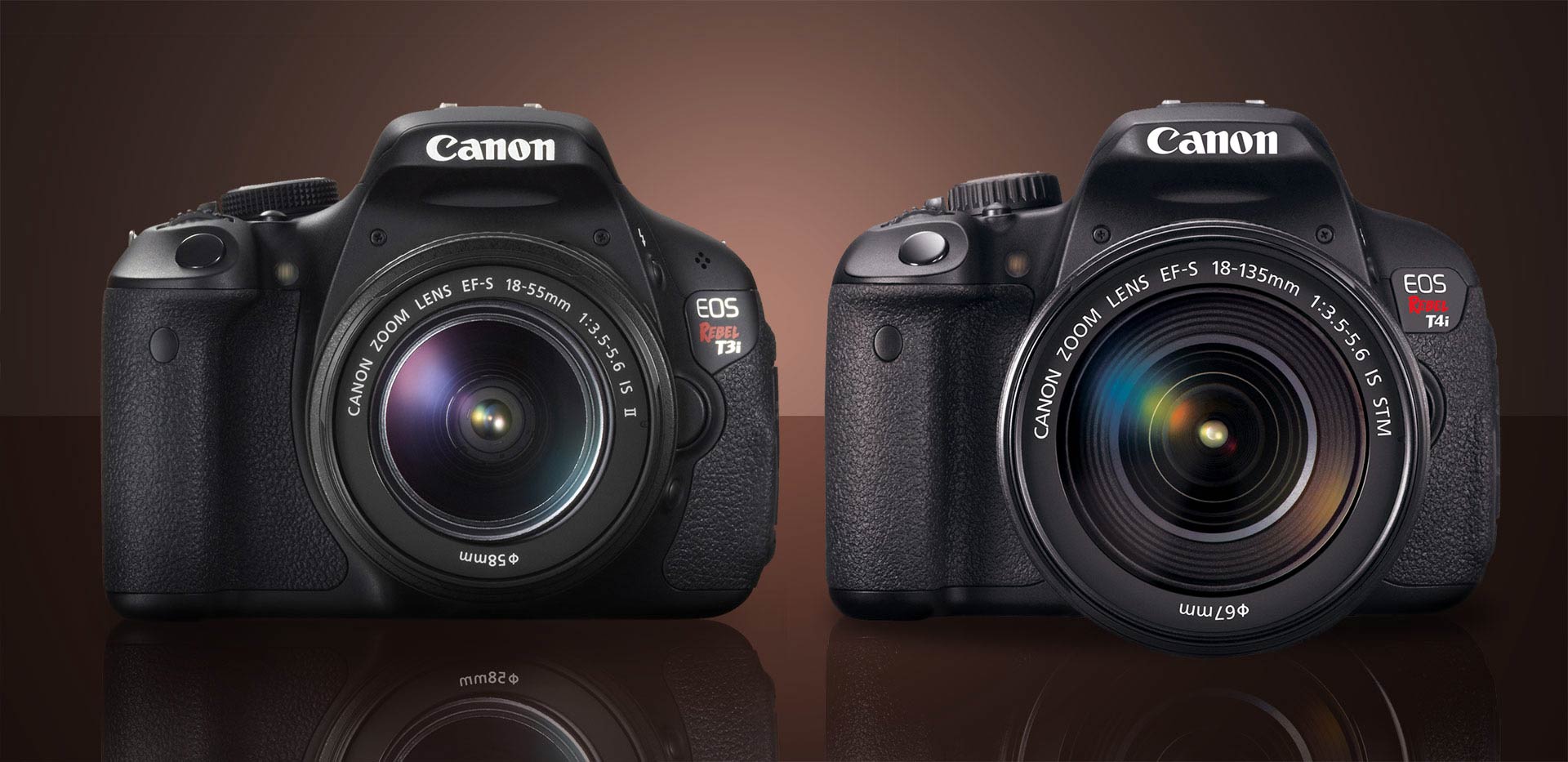T4i vs T3i: Worth the Extra Cost?
When the Canon Rebel T3i was announced just a short year after the T2i hit store shelves, the differences between the cameras were minor enough that purchasing the new model just didn’t make sense for many photographers, especially in light of the earlier model’s price drop. The same, however, can not be said when looking at the T3i vs the T4i. The T4i includes at least three significant technological advances, along with quite a few minor ones, making the T4i an appealing new offering; it may even give the Canon 60D a run for its money. Below, I’ll briefly note the differences between the two cameras and explain who will benefit from purchasing the T4i.
The Touch Screen
Little needs to be said about the adoption of a touch-screen on the Canon T4i, the first of its kind on a major SLR. One of the most frustrating parts of owning an SLR, especially for beginners, has been the process of navigating through dozens of pages of settings by pushing tiny buttons and controller arrows.
Those days are behind us. Not only is the touchscreen great for adjusting the camera’s settings, it’s handy for browsing photos, as anyone who has ever owned a smart-phone or tablet knows. Additionally, the touch screen can be used during live-view focus to select a focusing point; more on this later.

It remains to be seen whether the touchscreen will be durable enough for this application. For this reason, I suspect that we won’t see this technology integrated into professional-line models which are expected to take a considerable amount of rough treatment.
The Auto-Focus System
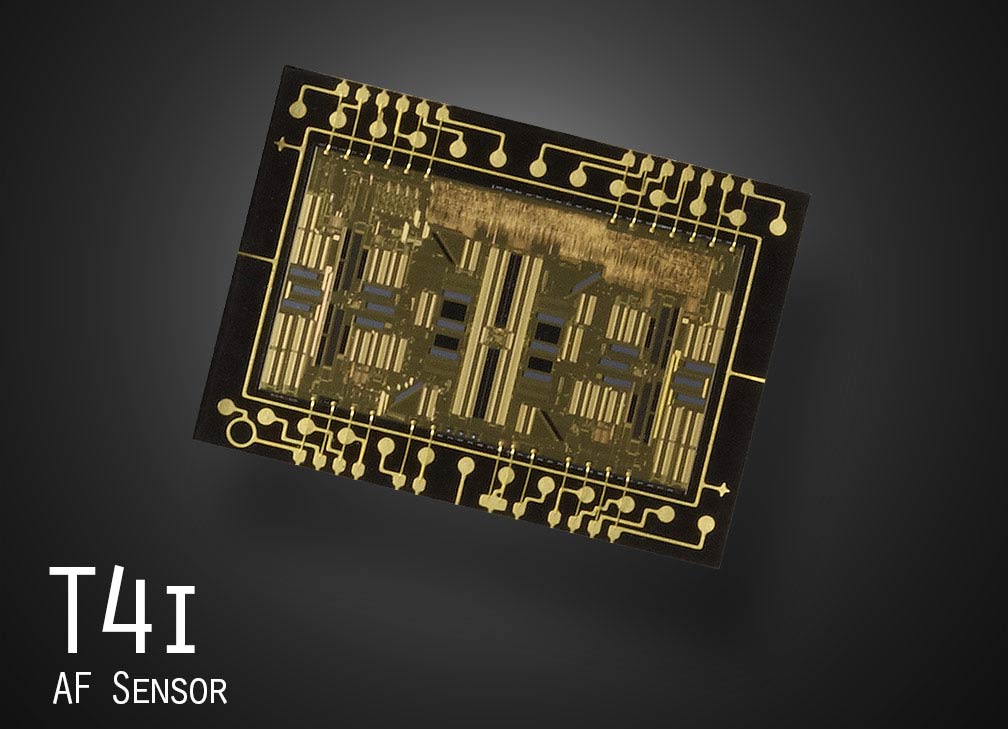
Though not as flashy as the new touchscreen, the new auto-focus (AF) system in the T4i is probably the most important new feature when it comes to camera performance. The T2i and T3i both had nine auto-focus points, but only the center one used a cross-type AF sensor. If that doesn’t mean much to you, think about it this way: a standard AF sensor can only focus on horizontal or vertical lines, depending on the orientation of the sensor. If it can focus on horizontal lines, it can’t focus on vertical lines… so if what you’re photographing only has vertical lines in it, your camera will simply search and not pull focus. A cross-type sensor is essentially two sensors in one, detecting both vertical and horizontal lines, making it twice as likely to be able to focus on your subject as a standard AF sensor. All nine of the Canon T4i’s AF points are now cross-type, and the center point uses a high-precision dual-point cross sensor, putting it on par with (or better than) the more expensive 60D.
The addition of 8-cross type sensors would be reason enough for excitement, but it gets even better.
Video auto-focus has always been a problem for SLRs, since their fast, accurate AF systems don’t work when the viewfinder mirror has moved out of the way to allow light to reach the sensor 1 Sony’s fixed, translucent pellicle mirror SLTs are a notable exception here . The T4i changes all of that with a hybrid CMOS sensor with integrated phase-detection receptors wich provides the continuous, zippy performance for video that you’d expect from an SLR shooting stills: fast, accurate, and reliable. Although Nikon’s new SLRs also provide continuous auto-focus while shooting video, their system relies on the slower “contrast-detection” method.
While shooting video, you can use the new touch screen to select a focus point from one of the 31 zones on the LCD. Utilizing that camera’s face detection, you can also select a particular face, which can then be tracked as it moves around the video frame. A video example of the camera’s video AF functionality is available on Canon Japan’s website.
The Processor
The T4i features Canon’s new Digic-5 processor, which is six times faster than the Digic-4 found in the T3i and 60D. This allows the camera to process image data much faster than previous models, increasing the top burst speed of the T4i to reach five frames per second, significantly faster than the T3i’s 3.7 fps and nearly matching the 60D’s 5.3 fps, as well as speeding up in-camera effect processing and noise reduction.
Because of the efficiency of the processor (along with the new sensor), the native ISO range of the T4i has been increased to 12800 from 6400 in the T3i.
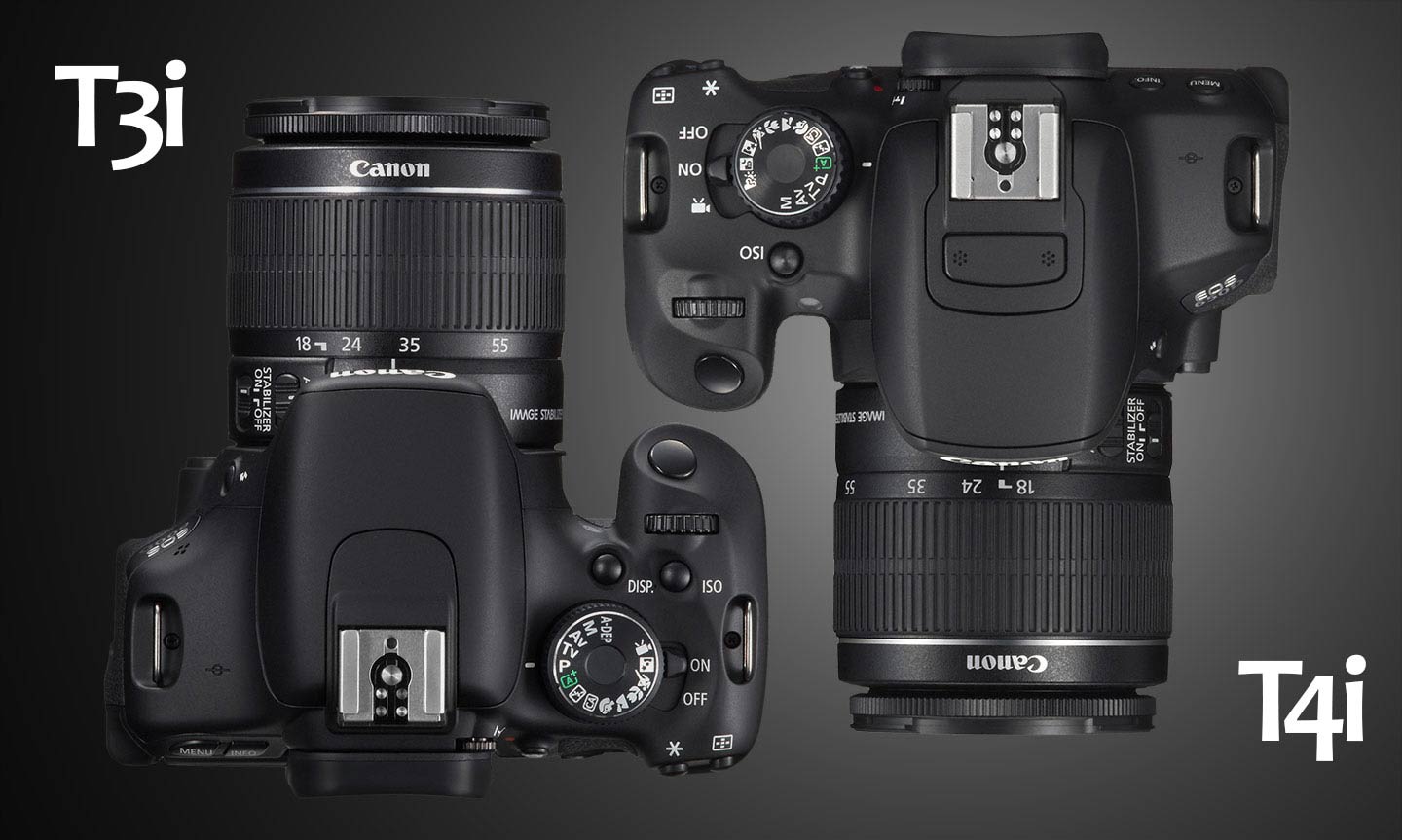
The Lens
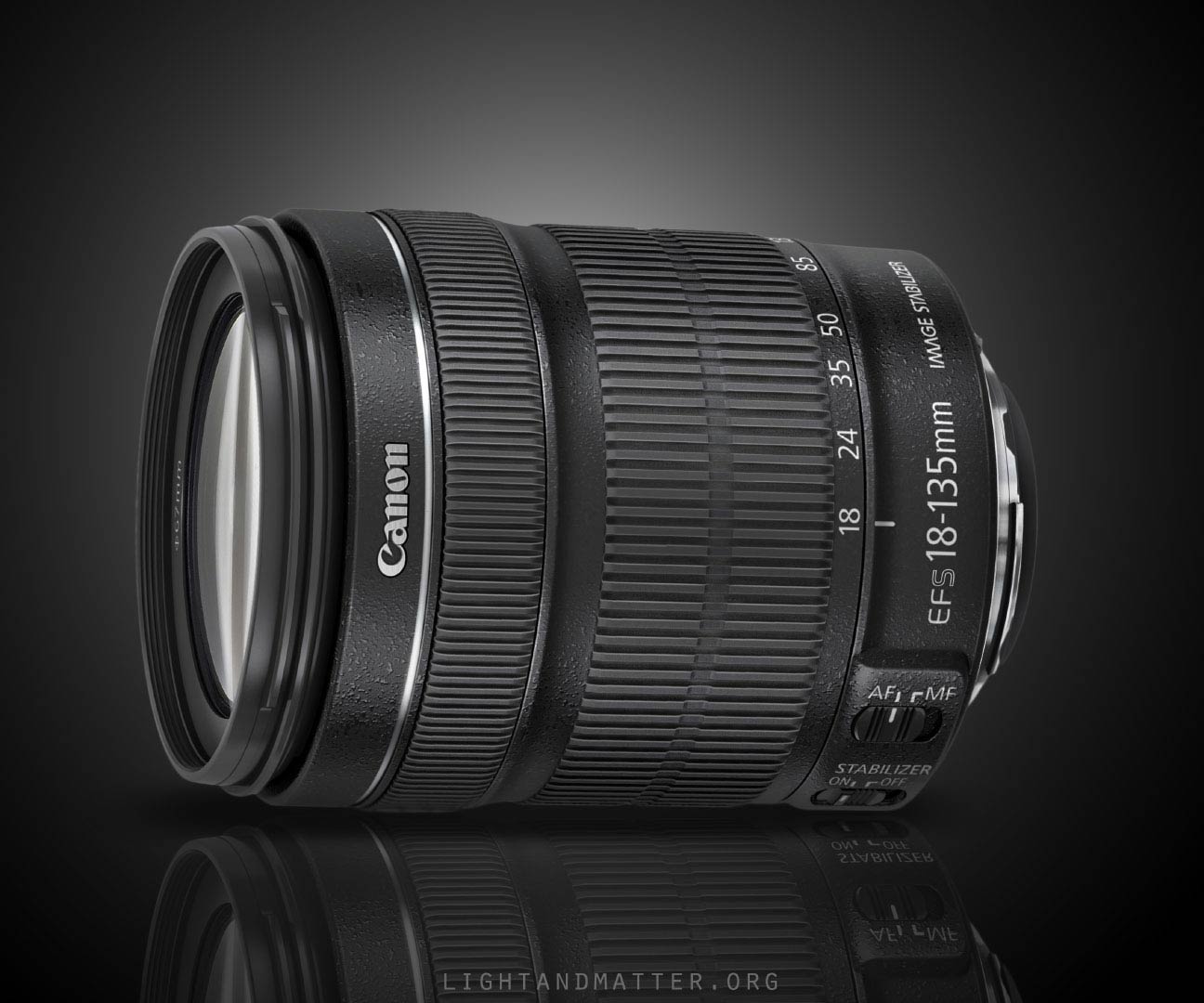
Of course, the new Canon EF-S 18-135mm f/3.5-5.6 IS STM lens can be used with any (cropped sensor) Canon SLR, including the T3i, but it is available as a kit lens with the T4i, an option that I’d recommend for most photographers. Canon has had a hole in their lens line-up for years, waiting to be filled with a high quality, walk-around, general-shooting lens, and the new 18-135mm lens appears as though it will fill the spot nicely. Canon’s previous 18-135mm was a cheap-feeling, non-USM focusing lens with shoddy optical quality, and I could never recommend it.
The new lens, on the other hand, uses Canon’s new Stepping Motor technology (STM) for fast, precise, and silent AF operation, specially designed for use with the video functionality of the new T4i. The zoom range covers what would have been the 28-200mm zoom range on a traditional 35mm camera (many journalists historically have carried 28-70 and 70-200mm lenses to cover the same range, though professionals use lenses with larger maximum apertures). Independent lab tests remain to be seen, but we expect the lens to be exceptionally sharp for this range, as most of Canon’s lenses have been recently.
The Similarities
Though there are significant differences between the T4i and the T3i, a great deal remains the same. Many of the similarities can be seen in the table below:
[To see the whole T3i vs T4i table, click in the drop down box which currently displays “10” and select “50”]| Canon Rebel T4i / 650D | Canon Rebel T3i / 600D | |
|---|---|---|
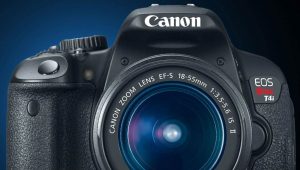 | 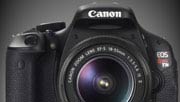 |
|
| Amazon Price (body only) | $ | $ |
| Body Material | Polycarbonate, Fiberglass Resin and Stainless Steel | Polycarbonate, Fiberglass Resin and Stainless Steel |
| LCD Size / Resolution | 3.0" 1,040,000 pixels | 3.0" 1,040,000 pixels |
| LCD Articulated? | Yes | Yes |
| LCD Touch Sensitive? | Yes | No |
| Sensor Size | 14.9 x 22.3mm (APS-C) | 14.9 x 22.3mm (APS-C) |
| Crop Factor | 1.6x | 1.6x |
| Sensor Resolution | 18 Megapixels | 17.9 Megapixels |
| ISO Range | 100-12800 +25600 | 100-6400 +12800 |
| Total AF Focus Points | 9 | 9 |
| Cross-Type AF Sensors | 9 | 1 |
| AF Light Level Range | -.05 to +18 EV | -.05 to +18 EV |
| Metering System | 63 Zone Point Linked Evaluative 9% Center Weighted 4% Spot | 63 Zone Point Linked Evaluative 9% Center Weighted 4% Spot |
| Exposure Compensation | 1/2 or 1/3 stops | 1/2 or 1/3 stops |
| Max Frame Rate : RAW (14-bit) | ~5 | 3.7 |
| Max Burst Duration RAW (at highest frame rate) | 6 | 6 |
| Max Burst Duration JPG (at highest frame rate) | 30 | 34 |
| Shutter Speed Range | 1/4000th - 30 sec. +bulb | 1/4000th - 30 sec. +bulb |
| Maximum Flash Sync Shutter Speed (standard flash) | 1/200th sec. | 1/200th sec. |
| HD Video Resolutions | 1080p, 720p | 1080p, 720p |
| Available HD Video Frame Rates | PAL and NTSC 24/25, 30 at 1080p 50, 60 at 720p | PAL and NTSC 24/25, 30 at 1080p 50, 60 at 720p |
| Firmware Sidecar Available | Unknown | Working: Magic Lantern |
| Media Type | SD / SDHC / SDXC UHS-I compliant | SD / SDHC / SDXC |
| Weight | 575g (including battery) | 570g (including battery) |
| Viewfinder Coverage | 95% .85x magnification | 95% 0.87x magnification |
| Built-In Wireless Strobe Control | Yes | Yes |
.
Though the T4i has been fitted with an 18 megapixel sensor, roughly the same size as its predecessor, that’s where the similarity stops. The sensor is a new design, including integrated “phase detection” sensors that allow the camera’s new video / live-view focusing abilities, and improve the high ISO performance by a full f-stop to a native ISO 12800.
The shutter module also remains the same, so you can expect the same range of shutter speeds and flash-sync speeds as you’d find in the T3i, and speaking of flash, the T4i can act as an eTTL wireless (IR) flash control module just as the T3i could. This allows you to fire a flash like the Canon 430ex II that’s set up several yards away from your camera, without using any extra equipment. Similarly, the body style and layout of the T4i remain virtually unchanged from the T3i, though minor cosmetic changes were made.
Who Should Buy the T4i?
Unlike the T3i, the new T4i is an obvious recommendation for most people who are interested in buying an entry level Canon. Indeed, though I expect the T3i to remain on the market, there is little space for it; photographers who are interested in the T3i’s video features will be better off buying the T4i, and those who have no interest in video will usually be satisfied with the significantly less expensive T2i (body = [aprice asin=B0035FZJI0]), as long as it’s still available. [Since the price of the T3i continues to drop, the T2i may become irrelevant as the prices converge.]
Buy the T4i if you:
- want to shoot cinema quality HD video with the convenience of a video camera
- shoot sports or action and want the higher frame rate (5 frames per second) and superior auto-focus system of the T4i
- would appreciate the convenience of a touch screen LCD, and are willing to take the necessary precautions to keep it from breaking
- shoot low-light landscapes or other low-motion shots that can utilize the new multi-shot noise reduction in JPG mode
Buy the T3i or T2i if you:
- would like to save $100 or more on the camera price
- are not interested in shooting video. The still capabilities are identical, for all practical purposes
- are interested in shooting video, but prefer to shoot with manual focus or follow-focus rails (as most professionals do)
- shoot primarily landscape or portrait photography, so the AF differences are less important (the 5D Mark II shares the same AF system with the T3i)
- do not require the extra appox. 1 frame per second provided by the T4i
Buy the T2i if you:
- don’t want an articulated / swivel LCD screen
- don’t use wireless eTTL off-camera flash (IR method; all cameras can use radio triggers)

